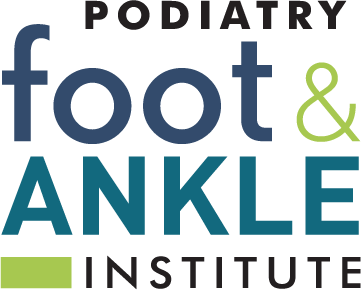Three Causes of Heel Spurs
A heel spur is a protruding growth of calcite deposits that form as your body responds to abnormal rubbing and pressure. Heel spurs often occur in conjunction with the arch problems of plantar fasciitis. While heel spurs are not always painful, they can interfere with regular shoe wearing due to the heel bump.
Three possible causes & contributing factors to developing heel spurs include the following:
Tight fitting footwear—Constricting shoes such as high heels can cause extreme pressure and rubbing on your feet, with the heel area being a prime hot spot. Switching to more comfortable and supportive shoes will help avoid heel spurs and many other foot and ankle problems.
Participating in high-stress work, sports, and exercise activities—Vigorous sporting and exercise activities put extra pressure on the heel. Being on your feet all day for work is also a risk factor for developing heel pain and other foot problems.
Obesity—Being overweight significantly magnifies the pressure on the feet and ankles, making other risk factors even more problematic. Maintaining a healthy weight will help you take better care of your feet.
Treatment for heel spurs
Heel spurs don’t always cause pain and may not require any significant treatment unless they become larger and more bothersome. Ultrasound treatment, electrical stimulation, and massage therapy are often very effective in treating heel spurs. If the heel spur interferes with comfortable wearing shoes, you can try backless shoes or sandals to relieve some pressure and discomfort. Surgery may be needed to shave down the bump as the spur increases in size and becomes more problematic.
If you are suffering from pain and discomfort from a bony protrusion on your heel, see your foot doctor for the proper diagnosis and treatment. Contact Podiatry Foot & Ankle Institute, located in our Hackensack, Fort Lee and Montvale, New Jersey. With access to advanced technologies, Dr. Edward Harris, Dr. Neil Goldberg, Dr. Adam Rozenstrauch and Dr. Yakov Groysman can help you manage all of your foot and ankle conditions, including heel pain, ankle sprains, tendon injury, fractures, toe deformities, fungal toenails, and plantar warts. Make an appointment today by calling our office or book an online appointment.


